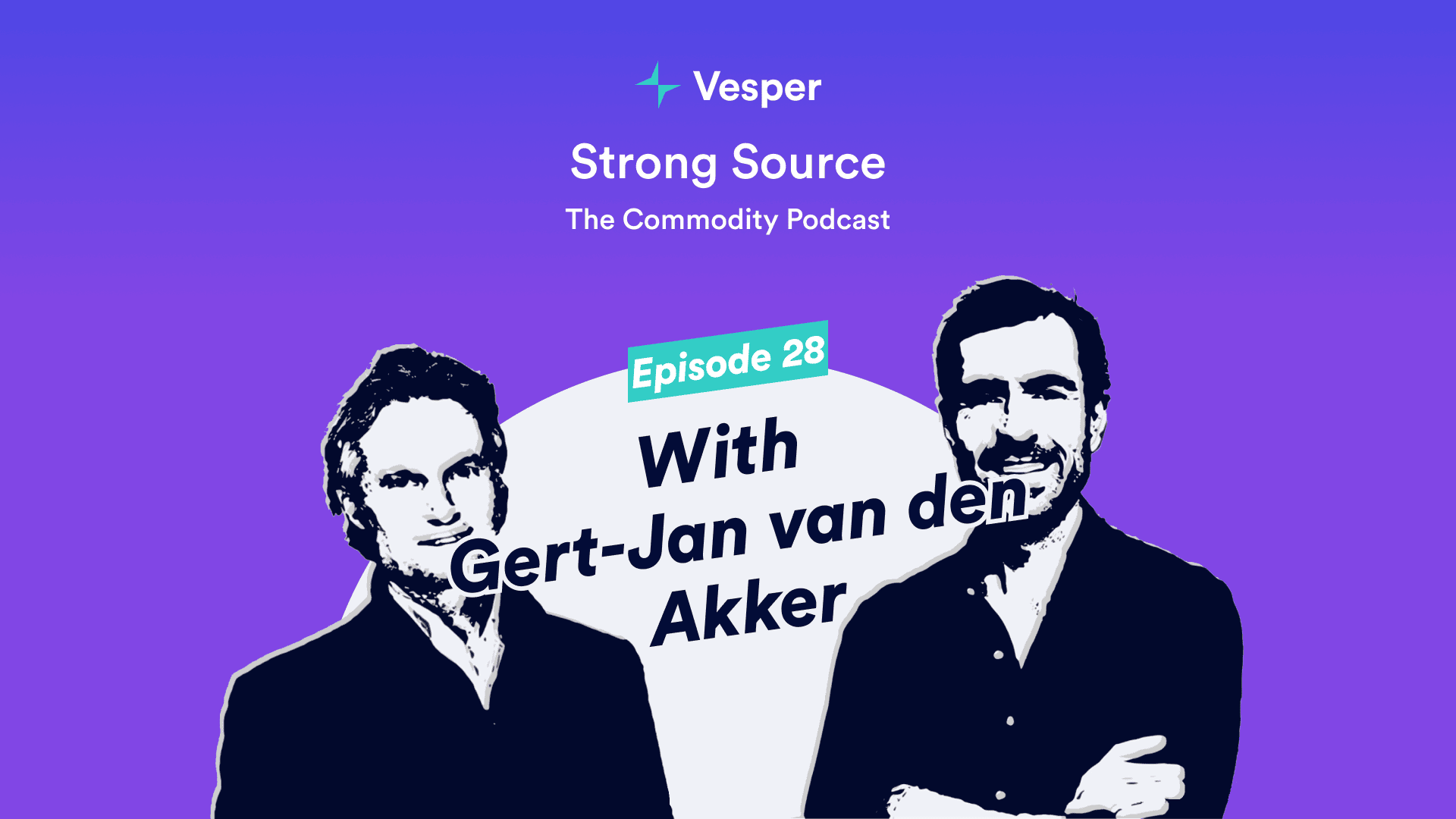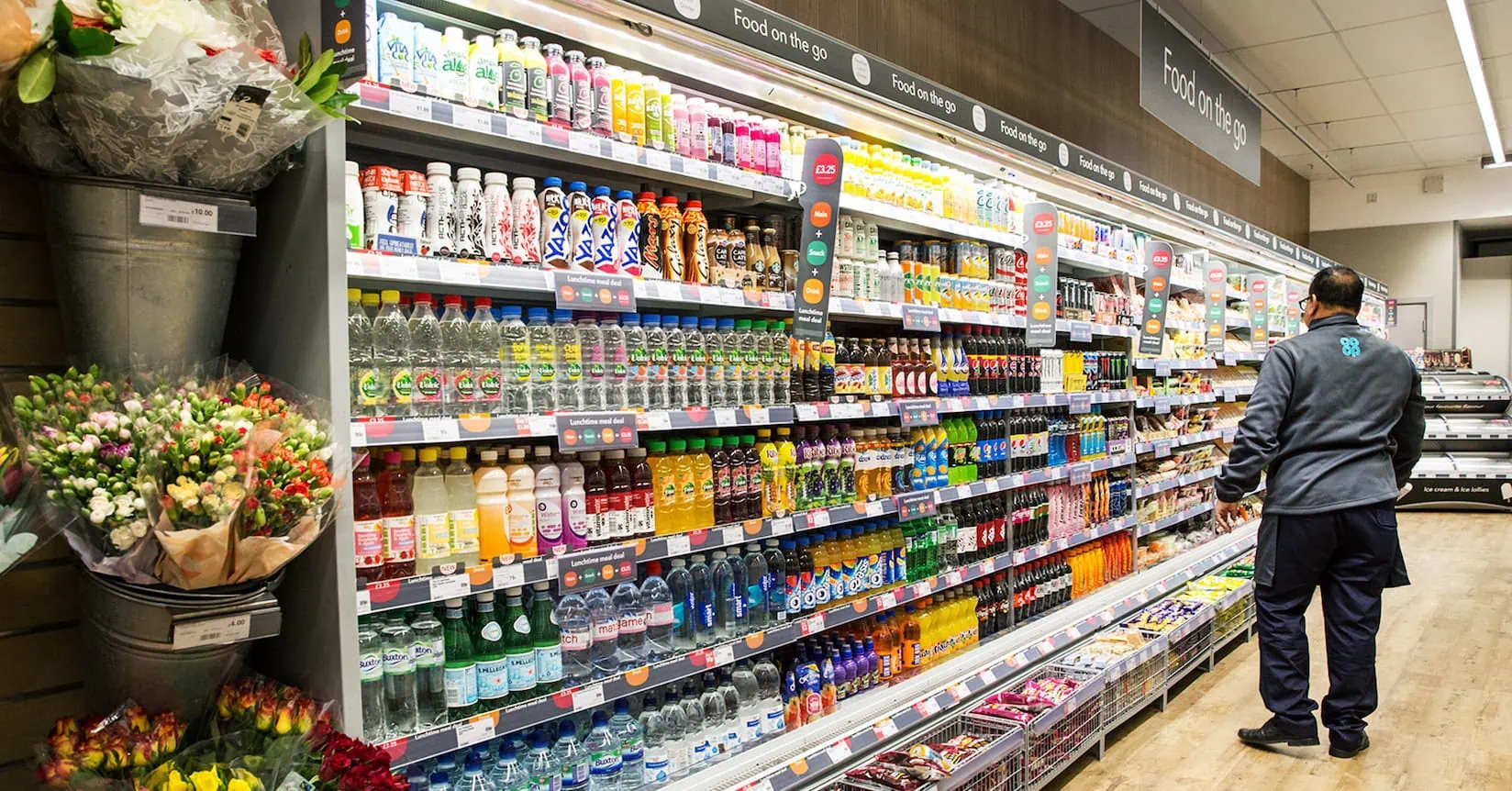Podcast: The Strong Source
Guest: Gert-Jan (GJ) van den Akker — former Executive Vice President at Cargill
Hosts: Alexander Sterk & Martijn Bron
Listen on: Spotify / Apple Music / Youtube / Deezer
For this episode of The Strong Source, we sit down with Gert-Jan van den Akker, who spent 30+ years at Cargill—from trainee to EVP—where he helped reshape dry bulk freight trading, led through the commodity supercycle, and later ran Cargill’s Agricultural Supply Chain. We talked about building businesses inside a trading house, managing through crisis, creating accountability at scale, and what it really feels like at the very top.
“Do the work that gives you energy. Where you have fun, you’re usually good—and the two reinforce each other.”
How did you get into commodities—and why Cargill?
GJ: By training I’m a lawyer. While finishing university, I started trading options for my own account—calling orders in from a payphone. That hooked me. I had an FX desk offer in hand, then attended an ISIC career day and heard a Cargill presentation. Commodities felt broader and more entrepreneurial, so I interviewed, joined in 1987, and started in Amsterdam in feed ingredients (palm kernel expeller). Two years later I was originating in Kuala Lumpur, then moved to Geneva onto corn and soy.
You left the main grain desks for Ocean Transportation early. Why that move
GJ: Honestly, I wasn’t thriving on the screen-trading, fear-based culture of the time. Hoep Spiers (a legendary leader) met me in the elevator and said, “Come talk.” He offered a freight role. It wasn’t “mainstream,” and I worried it would sideline my career—but it gave me autonomy, physical + financial exposure, and real customer relationships. It turned out to be the best decision I made.
“I chose the path that looked fun—and built a career around it.”
How do you build a business inside a trading house?
GJ: First, learn the business deeply. Then build customer relationships and a tradable book—not just grains but iron ore, coal, and backhaul flows that create arbitrage. As freight swaps emerged, we pushed hard to combine financial tools with large physical positions.
The breakthrough was gaining custody of Cargill’s grain freight book. We convinced the grain desks to let us manage their C&F freight positioning centrally. They kept their commercial edge; we optimized vessel positioning and risk. Trust was the unlock—and then a bull market in the 2000–2010 supercycle amplified the returns.
What did the 2008–2009 crisis look like from freight?
GJ: Capesize rates collapsed from ~$200k/day to ~$5k/day. We were structurally short freight going in—on fundamentals—but the real danger became credit exposure flipping from shipowners to customers (steel mills, utilities, OTC counterparties). Our exposure ballooned to ~$1.3bn on the customer side.
We set up a crisis team, refused blanket renegotiations, and worked case-by-case restructurings where viable. I remember telling a packed London industry meeting: we will honor every contract—and expect others to do the same. In the end, we worked the book down with limited write-offs.
“Paper P&L is meaningless if credit wipes you out. Manage market and counterparty risk.”
Later, you led Cargill’s Agricultural Supply Chain. What changes did you prioritize?
GJ: Start outside-in. Where is growth? Asia. Where do we truly have an edge? Then align assets, talent, structure, and culture to that answer. That meant portfolio moves (e.g., divesting some European crush to fund China growth), clarifying roles, and—critically—raising accountability.
In my first board presentation I said: Here are our targets. If we don’t hit them, I’ll step down. That wasn’t theater; it set the tone. High support, high standards.
Strategy vs. trading: how centralized should a trader be?
GJ: You need local talent close to flows, but with clearer house rules on risk, book ownership, and shared practices. In freight, centralizing positioning across internal cargoes created step-change returns. We applied similar principles elsewhere without killing local entrepreneurship.
Fundamentals or sentiment—what really drives decisions?
GJ: Both. Day trading is one thing. But to run big positions, you must have fundamental justification—supply/demand by vessel class and commodity flow (iron ore, coal, grains), plus fleet supply and port frictions. Then you layer in derivatives, time-charter coverage, size spreads, and physical arbitrage.
What’s it actually like “at the top of the house”?
GJ: It can be lonely—unless you build a real team. Credit to Dave MacLennan: he insisted on vulnerability, constructive challenge, and fixing the function-vs-business divide. With the external board, be ready for sharp questions—know your numbers, know your story—but they’ll back you if you’re prepared and transparent.
Listen to the full episode to hear more about Ivo’s journey and his insights into the world of commodities trading:
What is the Strong Source Podcast?
Our mission with the Strong Source podcast is to educate and inform, by creating a community where experts and guests from the entire commodity industry can share their unique perspectives. Martijn Bron, ex-cacao trader, and Alexander Sterk, ex-dairy trader and founder of Vesper, have a deep-passion for this industry, which inspired



